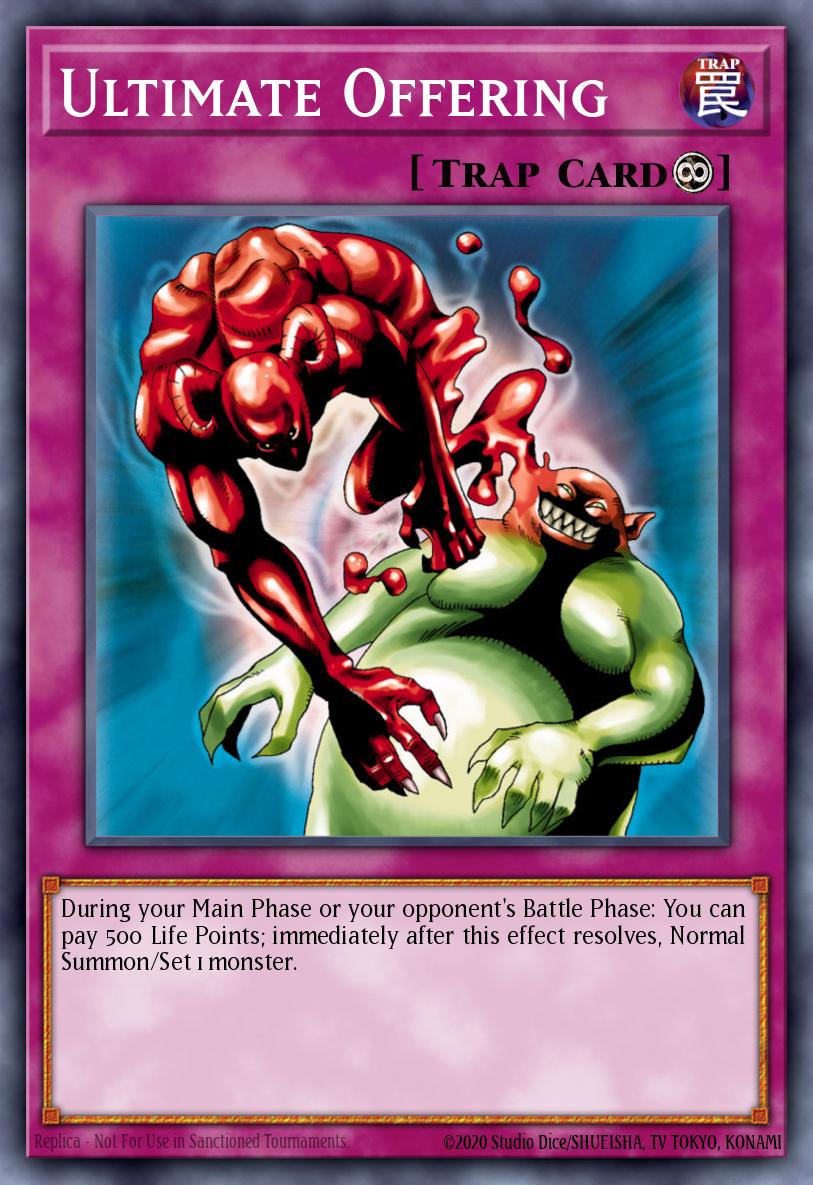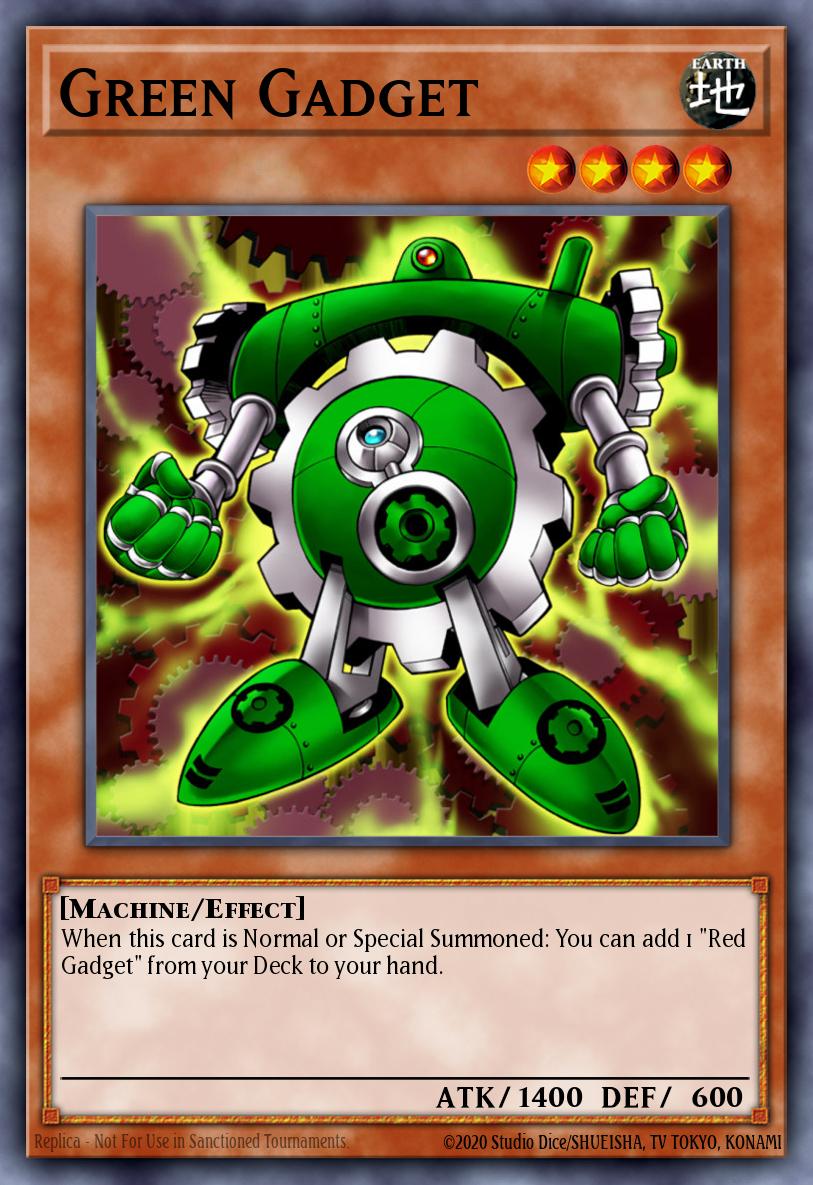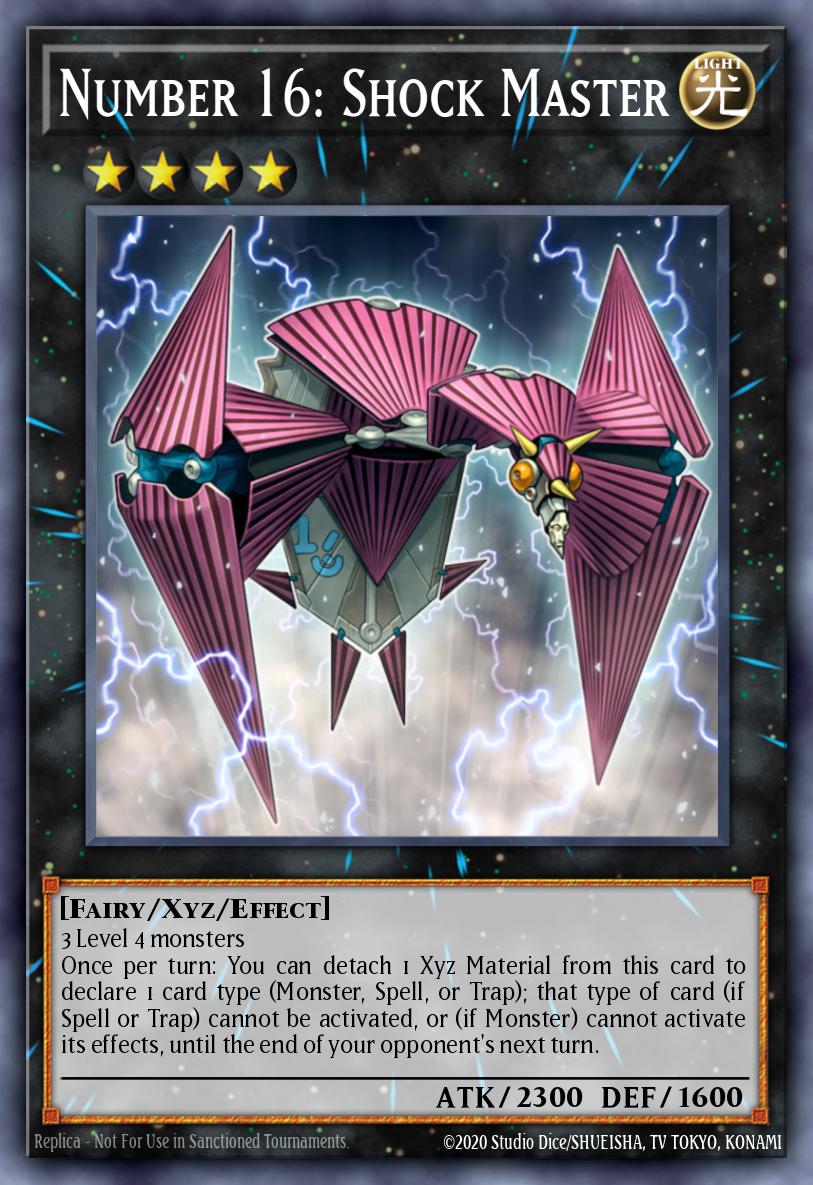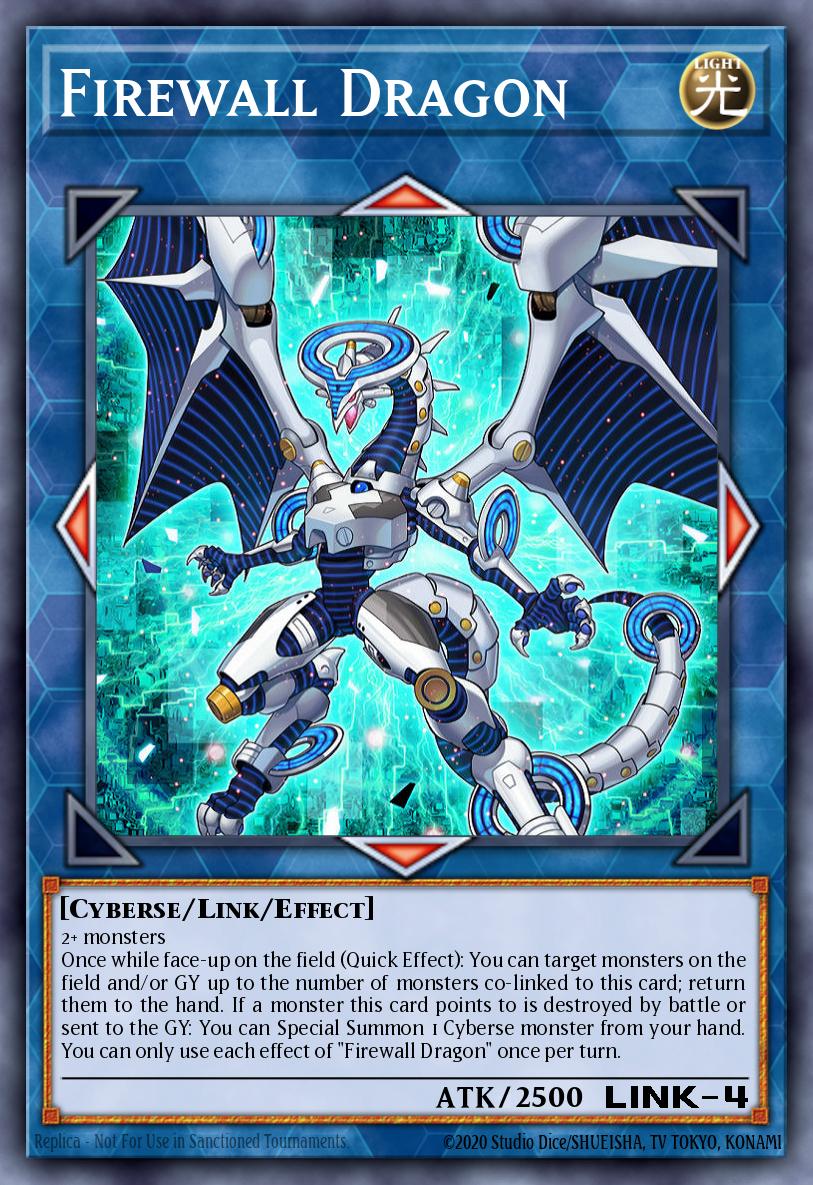It is with this in mind that I embark on this series, “Behind Bars.” I will be looking at cards that currently appear on the list. The plan is to discuss why they’re on the list and their prospects of getting off of it.
So, without further ado, let’s take a look at one of the oldest Trap cards in the history of the game: Ultimate Offering.

The Crime
Ultimate Offering debuted in North America in March 2002 with the release of Starter Deck: Yugi and Starter Deck: Kaiba. These decks, along with Legend of Blue Eyes White Dragon, marked the start of the TCG.
The essence of the card’s effect seemed simple. By paying 500 Life Points, you could Normal Summon/Set a monster in addition to your regular Normal Summon/Set. However, the original card text created confusion. The original printing read:
At the cost of 500 Life Points per monster, a player is allowed an extra Normal Summon or Set.
There were questions regarding activating its effect multiple times in the same chain and if both players could use it, much like with Royal Oppression and Chicken Game. To be fair, the original wording does leave room for ambiguity. Official rulings have since been updated and the card text has received multiple erratas. The card now reads:
During your Main Phase or your opponent’s Battle Phase: You can pay 500 Life Points; immediately after this effect resolves, Normal Summon/Set 1 monster.
Now that that’s settled, let’s talk about its applications.
For its time, Ultimate Offering was quite good. Duels were much slower in the early 2000s compared to today, in the sense that there were more turns in a game and fewer plays made in each turn. Thus setting a Trap card and waiting until the next turn to use it didn’t feel as slow.
Also, as a result of the pace of the game, the card allowed you to quickly generate field presence. Special Summoning was not as prevalent at the time, so being able to Normal Summon more than once was significant. This ability alone granted a date with the F&L List, being limited to 1 on the September 2006 banlist.
+8 Gadgets
Ultimate Offering saw an increased presence, though sparse, with the release of Gadgets in Structure Deck: Machine Re-Volt in 2007. The Gadget monsters coupled with Ultimate Offering easily created card advantage. On summon, Green Gadget searched Red Gadget, Red searched Yellow, and Yellow searched Green. And without “Once per turn” clauses, you could fill your field with Gadgets.
 A couple of Gadget players running Ultimate Offering topped Shonen Jump Championship Orlando in 2007, but future builds dropped it in favor of cards like Sakuretsu Armor and Solemn Judgment or Royal Decree.
A couple of Gadget players running Ultimate Offering topped Shonen Jump Championship Orlando in 2007, but future builds dropped it in favor of cards like Sakuretsu Armor and Solemn Judgment or Royal Decree.The card would remain at 1 for about two-and-a-half years. But as the game sped up, its restriction was gradually lifted. The March 2009 list semi-limited it and the March 2011 list put it back to 3.
With three copies at their disposal, Gadget players began incorporating Karakuris and the early Xyz monsters. The ability to spam Level 4 monsters for Xyz Summons provided a threat, especially as Rank 4 Xyz became more powerful. The threat would soon be realized, and after a year of being Unlimited, Ultimate Offering was semi-limited again on the March 2012 list. The following list would put it back to 1.
Now with only one copy left yet again, players still saw the card’s utility. Machina Gadgets and the newly released Madolches primarily began seeing increased success at various regionals and YCS events. This was due in large part to the increasing Xyz pool and the ease of access to Number 16: Shock Master. Although Dragon Rulers and Spellbooks ruled the format through the 2013 World Championship, no deck was safe.
The Sentence
Following worlds, Ultimate Offering was banned on the sweeping, landmark September 2013 TCG banlist. Eleven years of narrowly avoiding the Forbidden status ended.
The list hit practically every deck that had recent success. It limited and banned several cards from Dragon Rulers, Spellbooks, Mermails, Fire Fists, Six Samurai, and Bubble Beat. It also banned Shock Master along with Ultimate Offering, severely hurting Machina Gadgets. This was the first list to diverge from the OCG F&L List, effectively separating both formats.

So why was Ultimate Offering banned?
Perhaps the simplest explanation is due to the evolution of the game. Lower leveled monsters have progressively become more important throughout the history of the game. Monsters that get a search on summon and are not restricted by OPT clauses can be abused. The prime examples at the time were the Gadgets, Madolche Magileine, and Elemental HERO Stratos.
With just one copy of Ultimate Offering and any of those cards, you could swarm the field with strong Xyz like Shock Master, Abyss Dweller, Daigusto Emeral, and the future Rank 4 Xyz that had yet to come out. You could essentially summon all nine copies of your Gadget monsters in one turn for the relatively cheap cost of 500 LP per summon.
Although the decks that used it were outclassed by Dragon Rulers then, it’s possible the ban was somewhat preemptive. Future sets would have made Ultimate Offering even more powerful.
The Future
As of my writing this article, Ultimate Offering is still Forbidden in the TCG and OCG (note: it was not banned in the OCG until their April 2014 list). So what are its chances of coming back?
For fans of the card, unfortunately I do not see it happening anytime soon barring an errata. As with any banlist discussion, no matter how much “evidence” there appears to be, it’s merely speculation. But I can see two sides to the argument of whether or not it can come back without an errata.
In defense of the card getting unbanned, it’s 2018. The meta decks tend to operate at ridiculous speeds. The first two turns decide most games. Although Trap-heavy decks like Paleozoic Frogs have seen some recent success, most decks choose speed over Trap cards that you have to Set first. Even if you open with Ultimate Offering going first, it may not make a difference by the third turn of the duel. Most of today’s top decks probably wouldn’t run it.
 On the flip side, despite its inherent slowness, the card can overwhelm opponents given the opportunity. There is a lot of potential for degeneracy with Link monsters. Ultimate Offering could serve as a slower and sackier Firewall Dragon. Rather than Firewall looping Special Summons from the hand, you could loop Normal Summons until you’ve Extra Linked or OTK’d your opponent.
On the flip side, despite its inherent slowness, the card can overwhelm opponents given the opportunity. There is a lot of potential for degeneracy with Link monsters. Ultimate Offering could serve as a slower and sackier Firewall Dragon. Rather than Firewall looping Special Summons from the hand, you could loop Normal Summons until you’ve Extra Linked or OTK’d your opponent.Some players might also overlook the ability to Normal Summon during your opponent’s Battle Phase. You could protect yourself by summoning a bunch of monsters before your opponent attacks. Or you could set up your next turn and skirt around hard OPT clauses by summoning at the end of the Battle Phase.
The sheer possibility of Ultimate Offering being broken with Links might be enough to keep it banned or get it errata’d. So which opinion do you side with?




